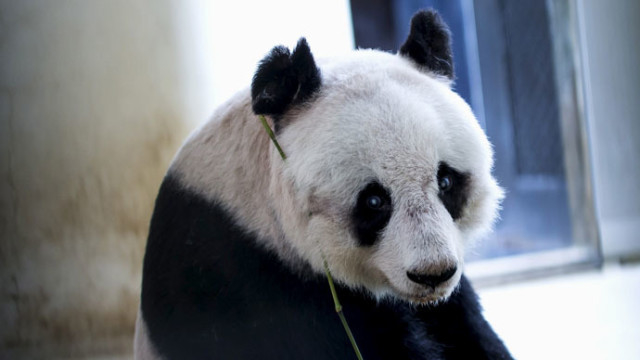Born in the wild on the Chinese mainland in 1978, Jia Jia was given as a gift to Hong Kong in 1999 to mark the second anniversary of Hong Kong’s returning to China. Jia Jia is now the oldest giant panda living in captivity and is all set to challenge the world record for longevity.
Jia Jia, who lives in Hong Kong’s Ocean Park, will turn 37 this summer.
“It is rare for pandas to live to this age,” Grant Abel, the park’s director of animal care, told Reuters. “It’s probably equivalent to someone (a human being) who would be over a hundred years old,” added Abel.
Jia Jia’s caregivers say they are considering sending an application to Guinness World Records after the celebration of her birthday, although the exact date of her birth is not known, as she was captured in the wild.
Giant pandas are one of the world’s most endangered species. According to the International Union for Conservation of Nature (IUCN), there are only 1,000-2,000 pandas living in the wild, and just over 300 of them in captivity.
Jia Jia weighs 176 pounds (80 kg) and is considered to be in remarkably good health for her age, although her vision is severely impaired and her hearing has deteriorated.
In the wild, giant pandas live in mountainous temperate forests, where bamboo, their sole source of nutrition, is plentiful. According to the IUCN, giant pandas do not hibernate but they generally descend to lower elevations in the winter, and may take temporary shelter in hollow trees, rock crevices, and caves.
Giant pandas are generally solitary animals. Spring is panda breeding season and females may breed with multiple males. The females give birth to one or two cubs in the late summer, typically between August–September, but the mother raises only one.
The current record for longest living giant panda was held by Du Du, who died in July 1999, at age 37.
Story compiled with information from Reuters and IUCN.
 CGTN America
CGTN America Jia Jia is approaching a birthday, and a world-record – at nearly 37 she’s the oldest known living panda.
Jia Jia is approaching a birthday, and a world-record – at nearly 37 she’s the oldest known living panda.
